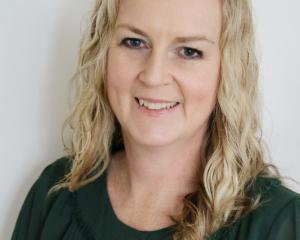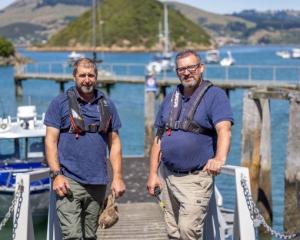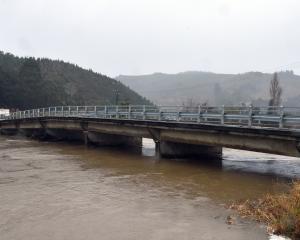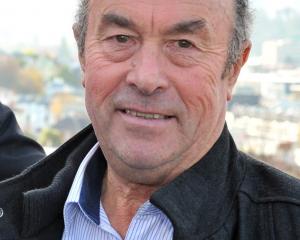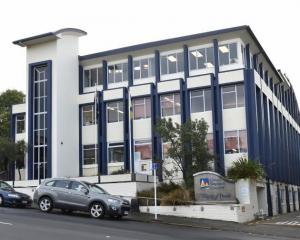A possible new control method for lagarosiphon and a potential call for more local funding for the control effort are two points raised in a new 10-year management plan for the invasive lake weed.
Lagarosiphon originates from South Africa and first showed up as a potential problem in Lake Wanaka in the early 1970s.
It is a growing problem in Lake Dunstan and is also in the Frankton Arm of Lake Wakatipu.
The Land Information New Zealand plan was presented to representatives of various organisations in Wanaka yesterday.
Presenting the plan, Niwa scientist Dr John Clayton said covering areas of the lake bed infested with the weed with hessian matting had been tried in Ireland.
The hessian was biodegradable and while it inhibited the growth of lagarosiphon, native aquatic plants grew on it.
Dr Clayton said it could be looked at as an alternative to covering parts of the lake bed with polythene, as was done at present.
The cost was about $30,000 per hectare.
Other control methods used in Lake Wanaka are hand-weeding, suction dredging and herbicides.
Dr Clayton said control efforts had ‘‘waxed and waned'' and it was important to ‘‘keep the pressure on''.
The Linz plan, prepared by Niwa group manager aquatic plants Mary de Winton, listed lagarosiphon as a risk to the control effort changes in central government funding priorities.
‘‘Contributions from local rate-based sources are minimal, yet it could be argued that the local economy has the most to lose from lagarosiphon expansion.
‘‘In the event of changing responsibilities or focus by Linz, it is conceivable that the budget may be reduced.''
While the plan's goals and objectives are to reduce lagarosiphon in Lake Wanaka by 2025, none suggest it will be eliminated by then.
The floor of Lake Wanaka is the responsibility of Linz while the water column is the responsibility of the Otago Regional Council.




